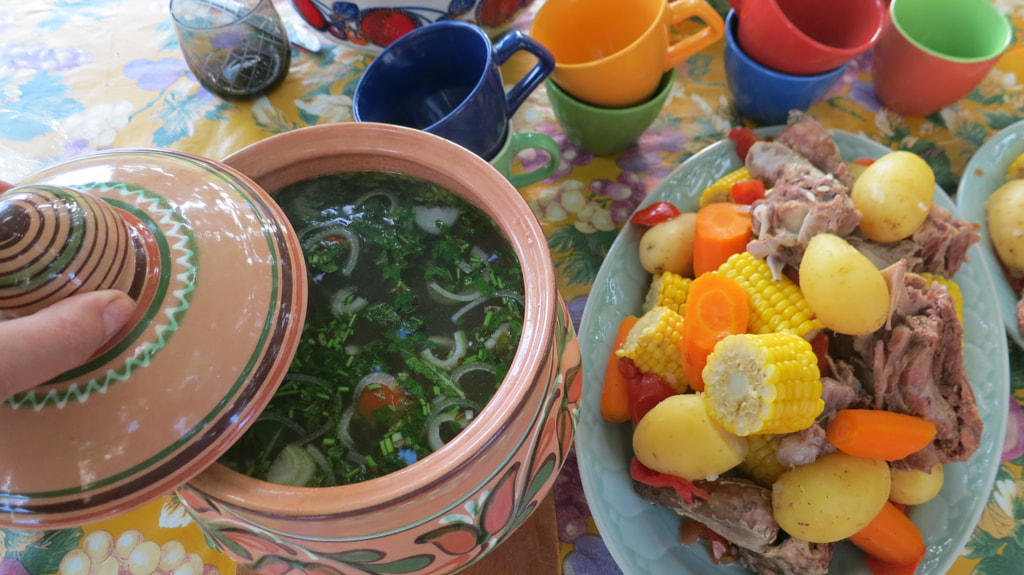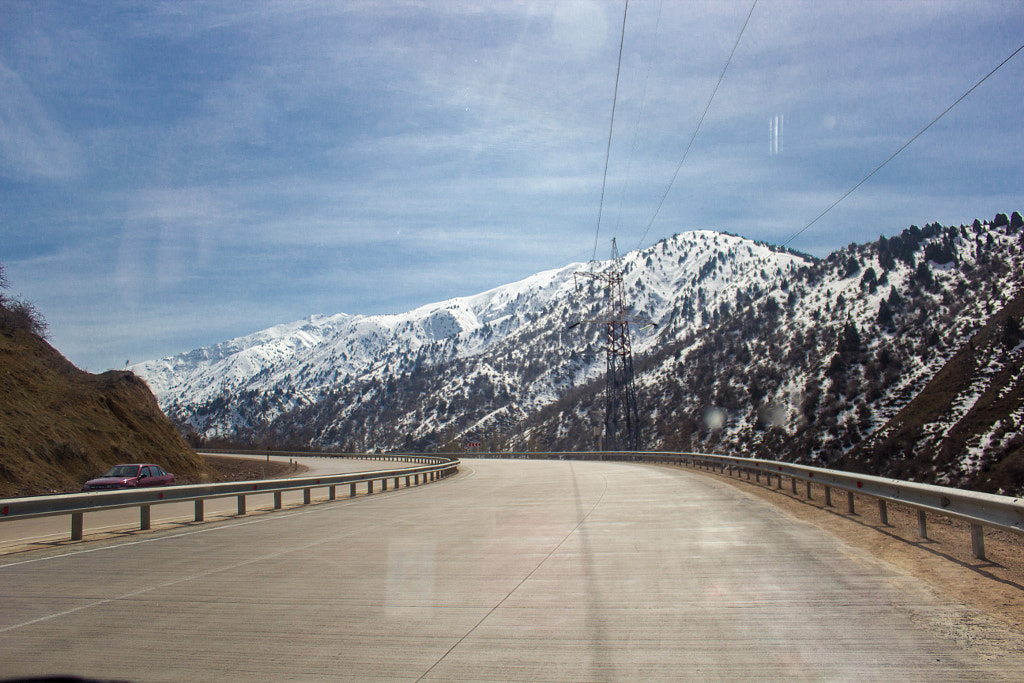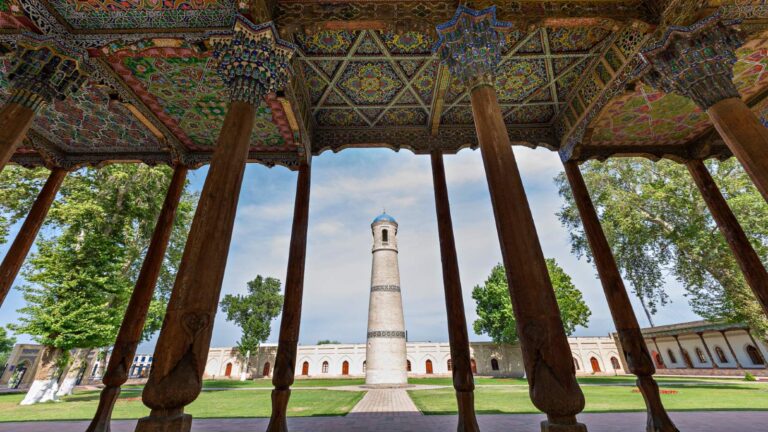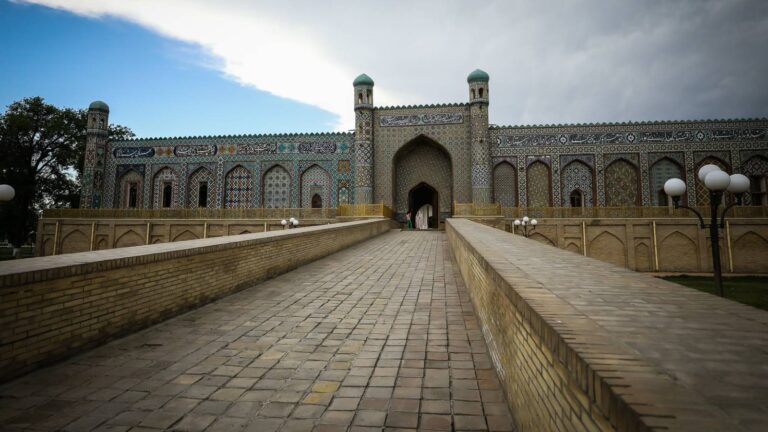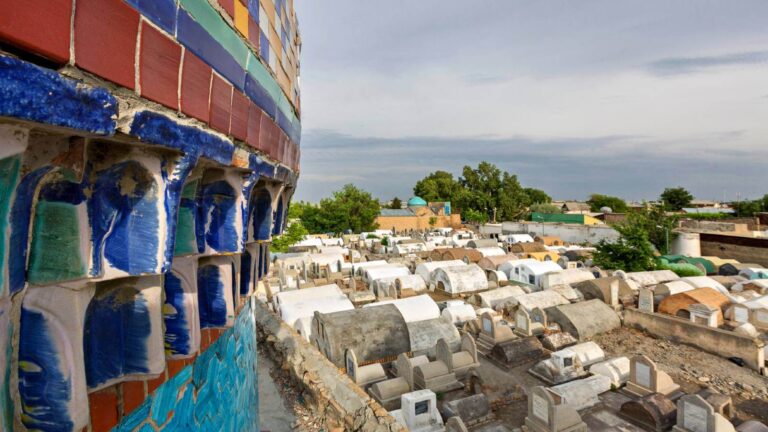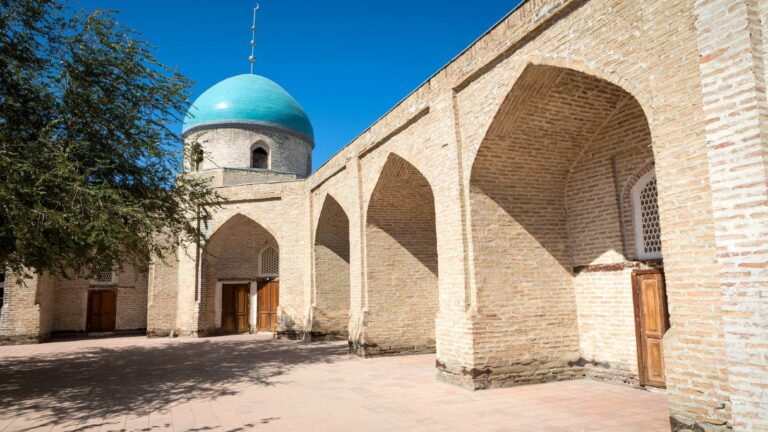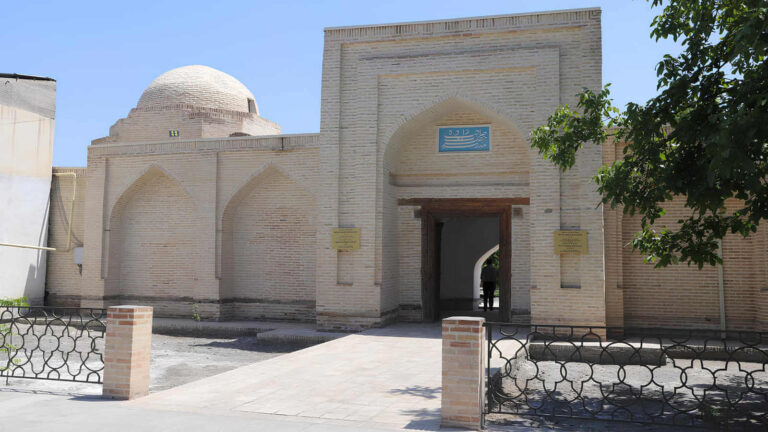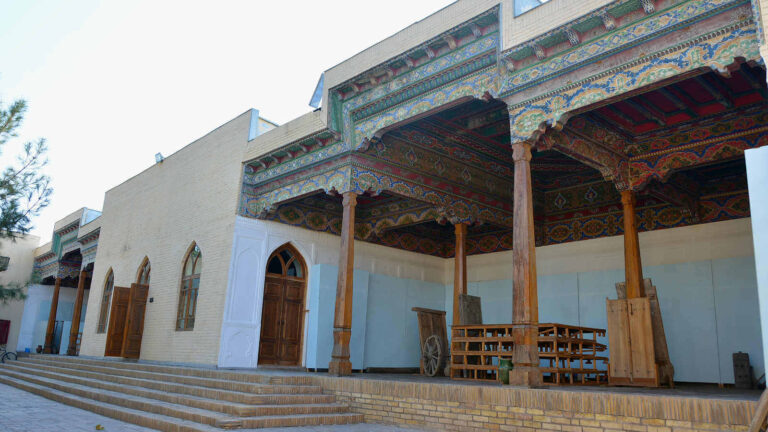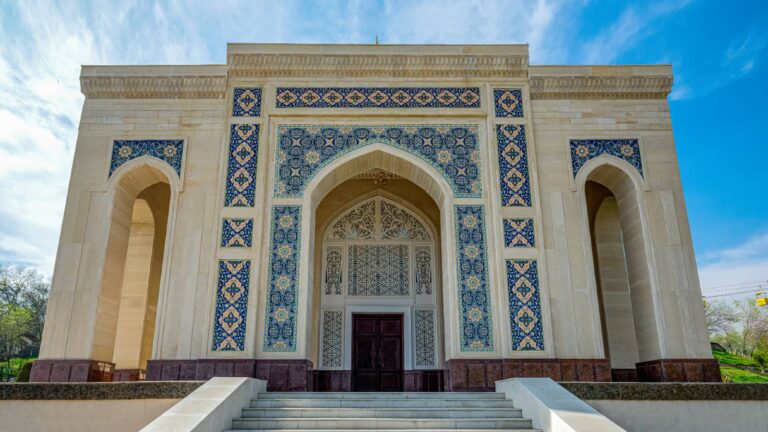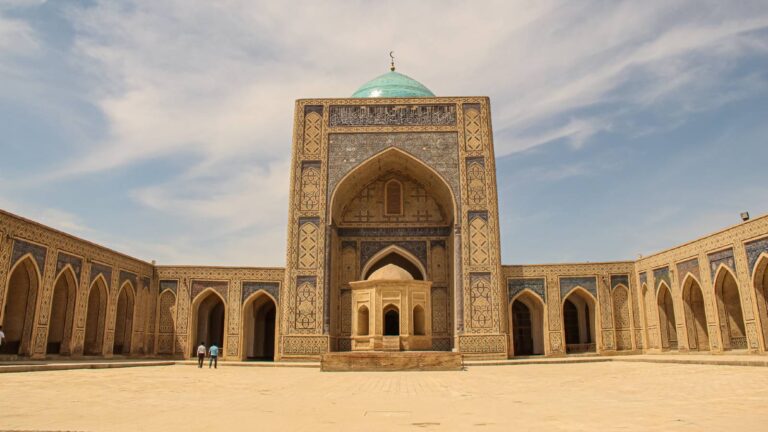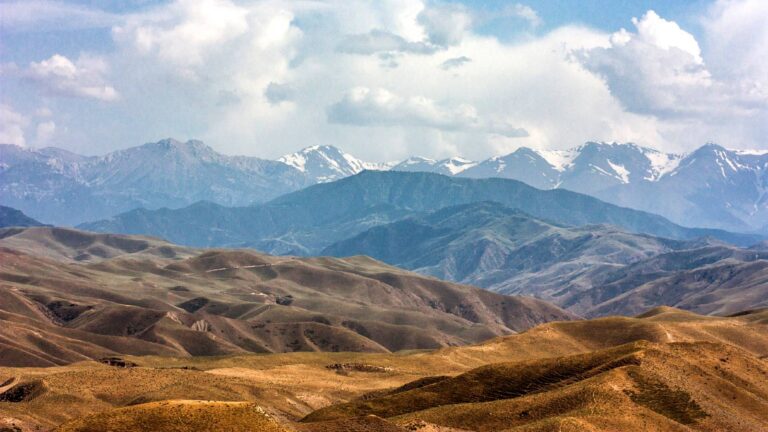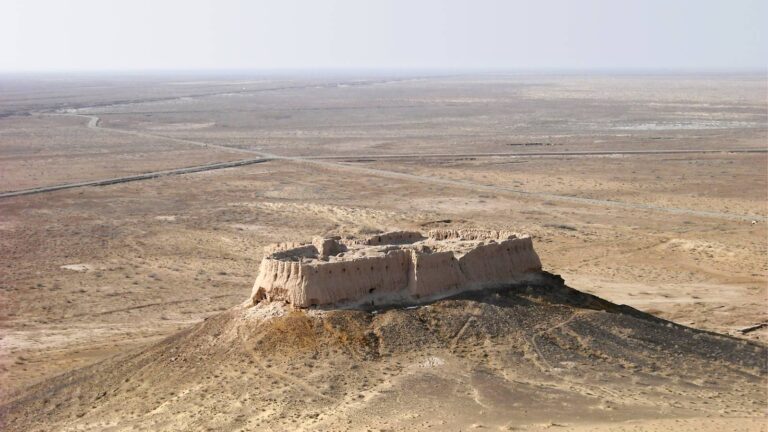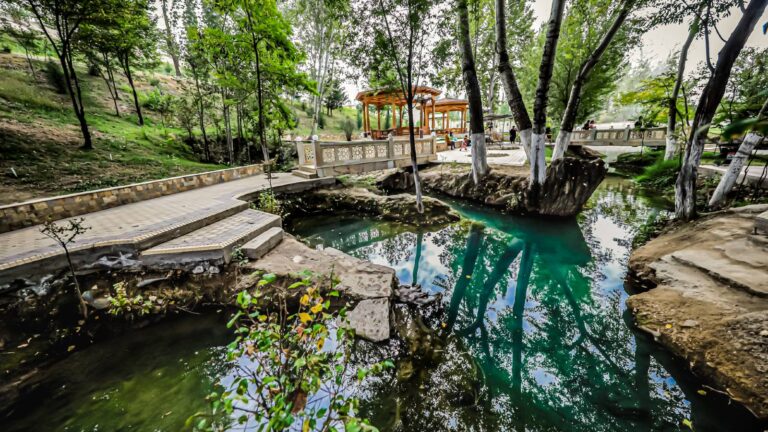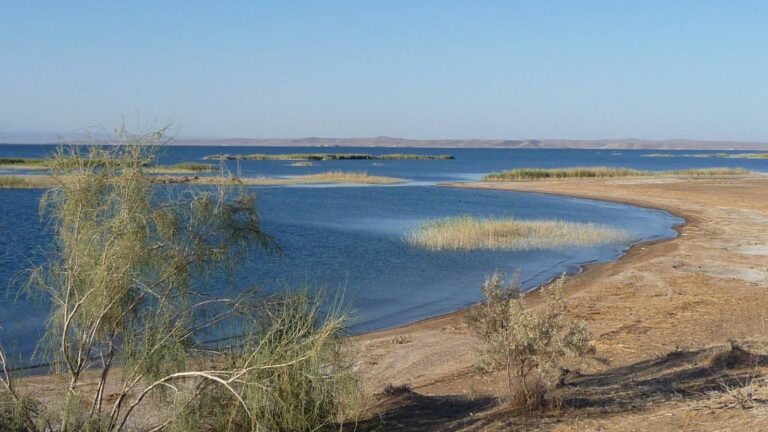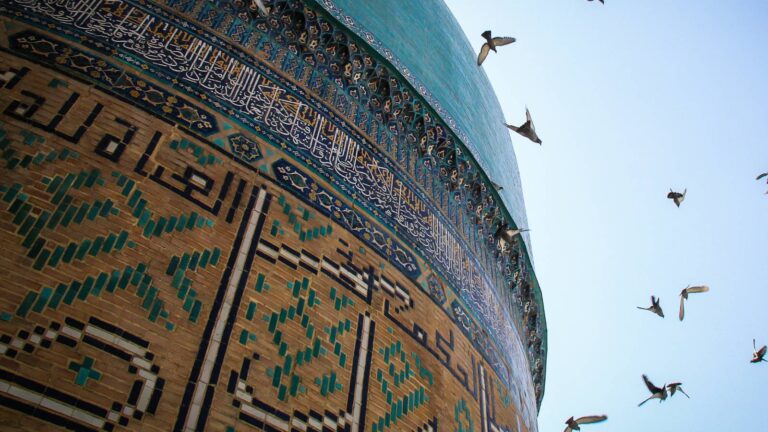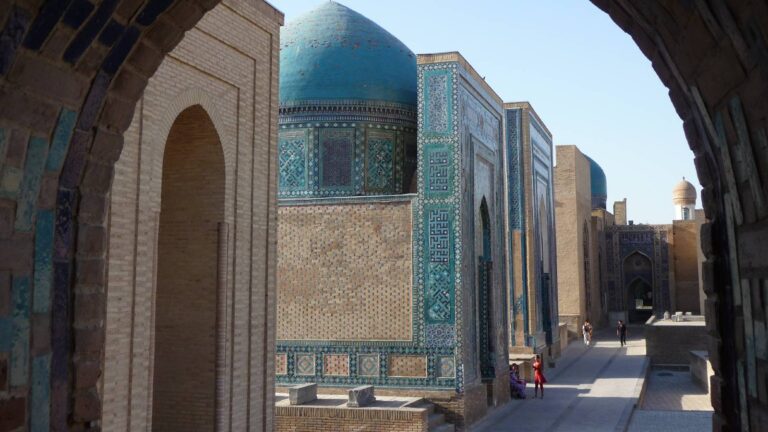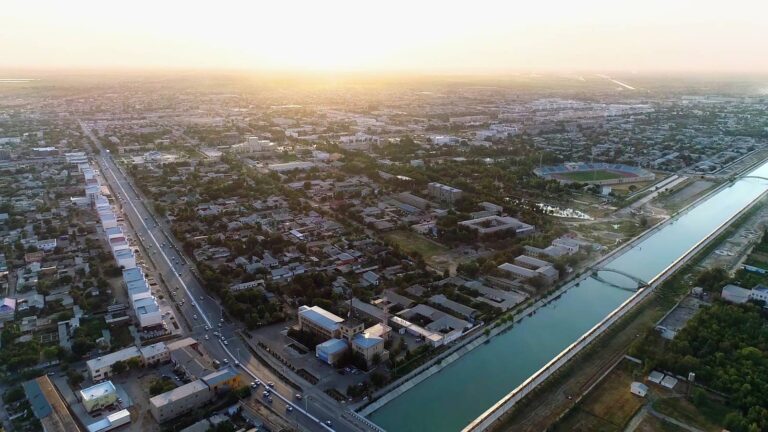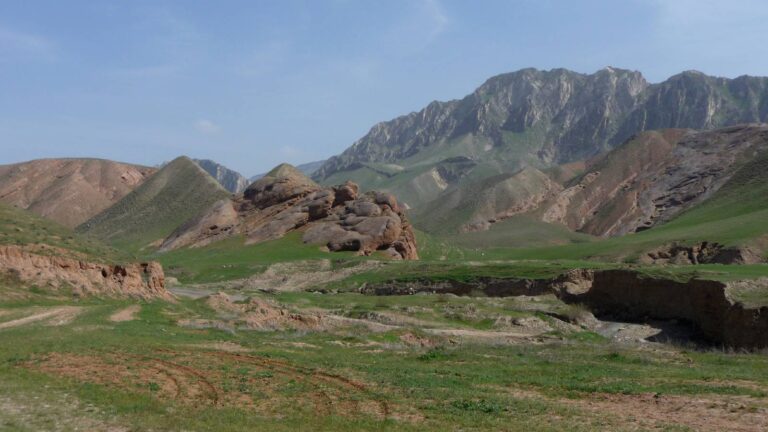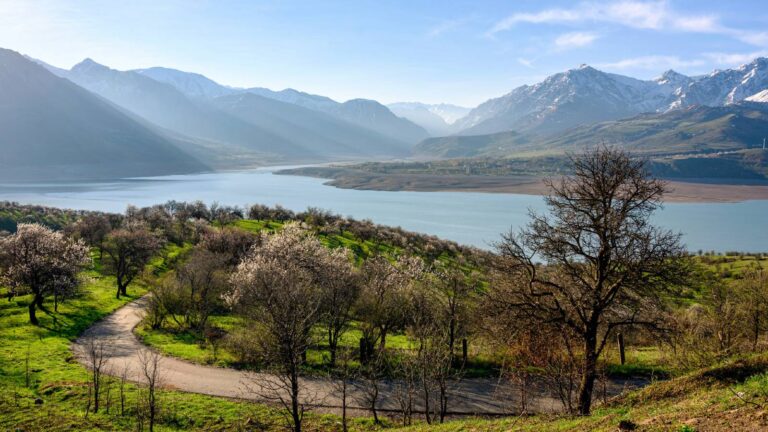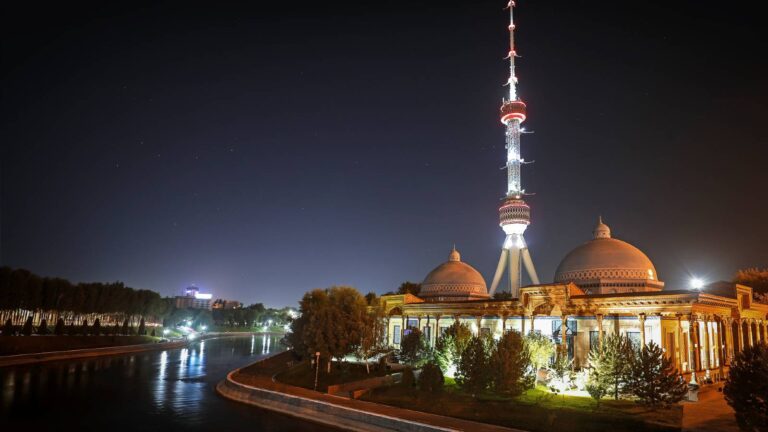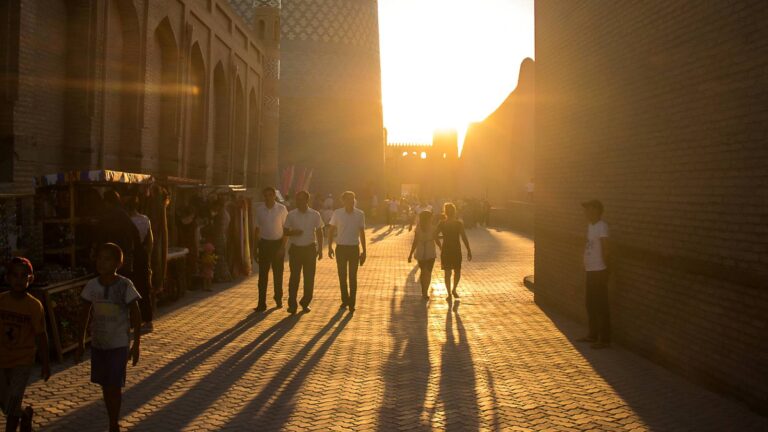By plane, the Fergana International Airport serves as the main air gateway to the region, with domestic flights connecting it to other major cities in Uzbekistan.
For those travelling by car, the region is well-connected by road networks. From Tashkent, the capital city, it takes approximately 5-6 hours to reach Fergana by driving. The journey offers scenic views of the Uzbek countryside.
Travelling by bus is another option, with regular bus services operating between Fergana and other major cities in Uzbekistan. The bus journey provides an opportunity to experience the local culture and enjoy the landscapes along the way.
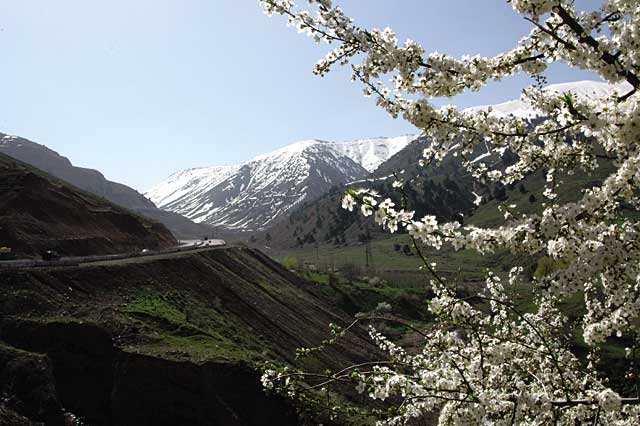
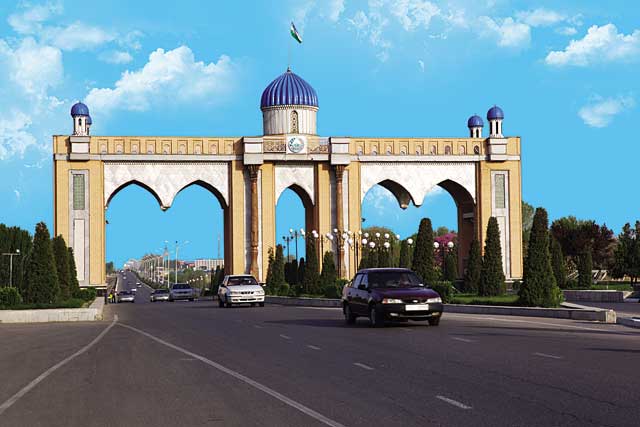
Train travel is also possible, with the Fergana railway station serving as a major hub in the region. Trains connect Fergana to cities like Tashkent, Samarkand, and Bukhara, offering a comfortable and convenient mode of transportation.
The main cities in the Fergana region include Fergana, Margilan, and Kokand. Each city has its own unique charm and offers opportunities to explore historical sites, vibrant bazaars, and local culture.
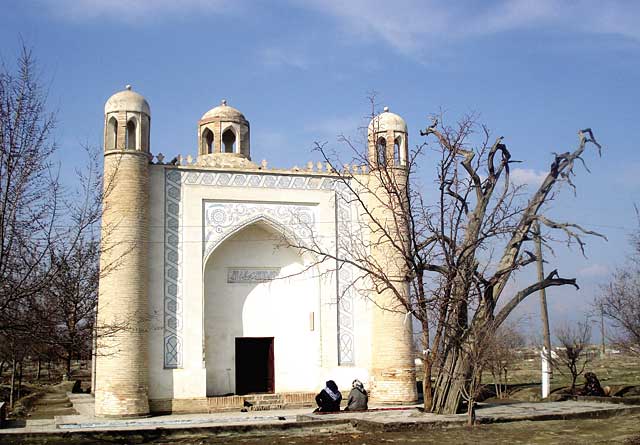
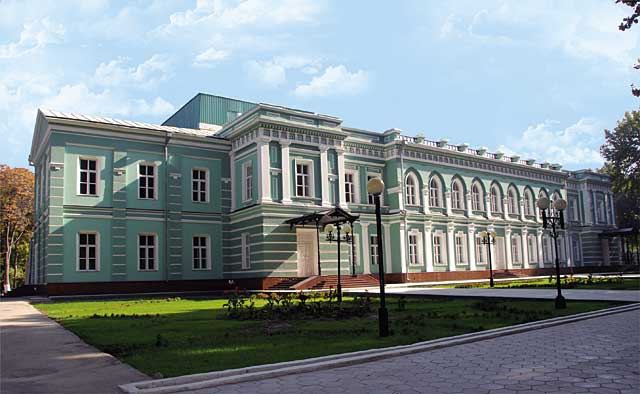
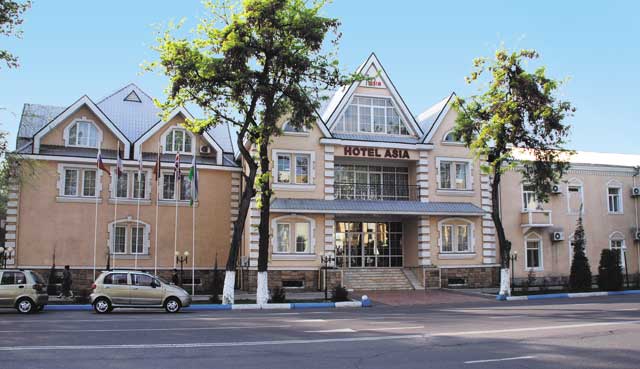
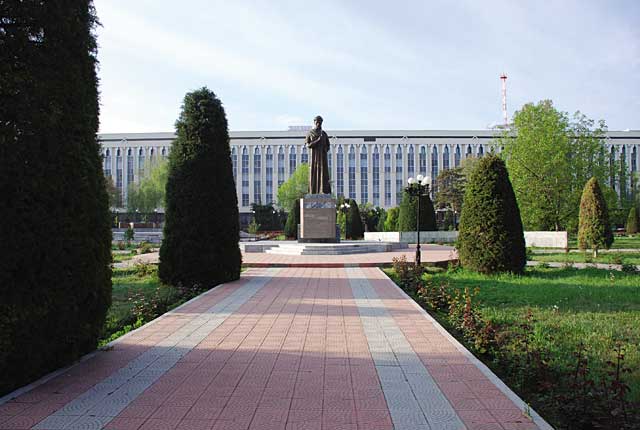
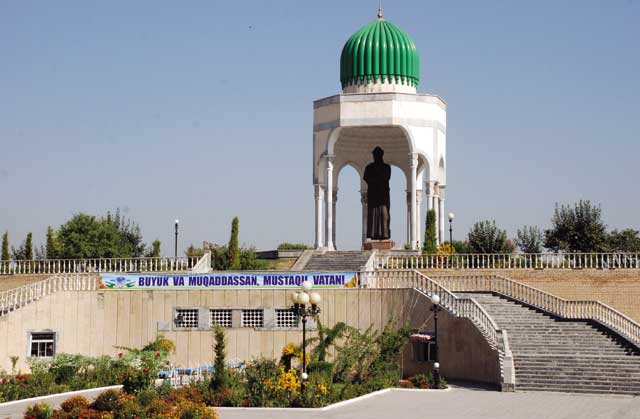
The Khudayar Khan Palace in Kokand is a stunning example of Central Asian architecture, demonstrating the power of the khanate at the time of construction. In Margilan, the Yodgorlik Silk Factory in Margilan is renowned for its traditional silk production, where visitors can witness the intricate process.
The Fergana region is famous for its rich tradition of handicrafts. Artisans in Margilan produce beautiful silk textiles, including ikat fabrics. Ceramic pottery, woodwork, and traditional embroidery are also popular products of the region, with production centred on Rishton.
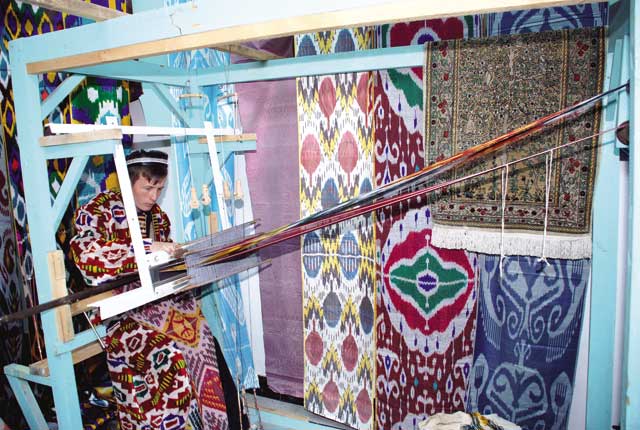
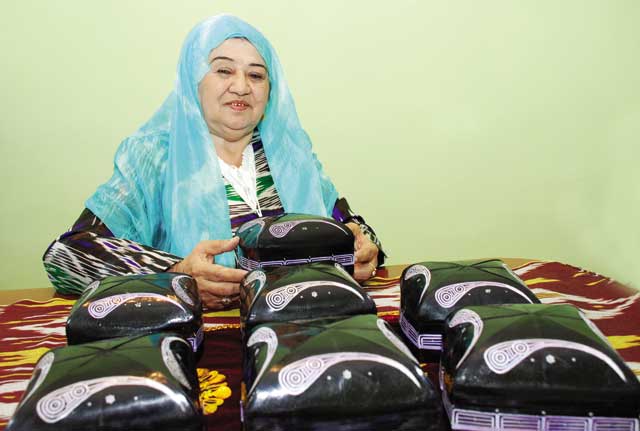
The history of the Fergana region is a tapestry of ancient civilizations, Silk Road trade, Islamic influence, and colonial and post-colonial eras.
Evidence of human settlements dates back to the Bronze Age. The area was influenced by various ancient civilizations, including the Persian Empire, Alexander the Great’s conquests, and the Kushan Empire.
In the 8th century, Islam spread to the Fergana region, and the area became a centre for Islamic scholarship and cultural development. Many mosques and mausoleums were built.
In the 18th and 19th centuries, the Fergana Valley was ruled by the Kokand Khanate. The Khanate was known for its cultural patronage and architectural projects, including the construction of palaces, mosques and fortresses.
The Fergana region came under Russian control in the late 19th century and became part of the Soviet Union in the early 20th century. During this period, industrialisation and collectivisation efforts were carried out, transforming the region’s economy and society with a focus on cotton production for the Russian army.
Tea houses, known as chaikhonas, are an integral part of the region’s social fabric. These cosy establishments offer a relaxing atmosphere where locals and visitors gather to eat hearty local dishes like plov (a rice stew) and shashlik (grilled meat skewers), enjoy aromatic tea and engage in conversations. It’s a great way to immerse yourself in the local culture and experience the hospitality of the Fergana region.
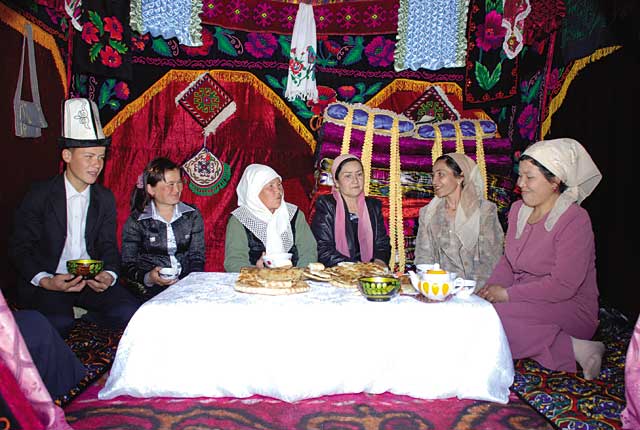
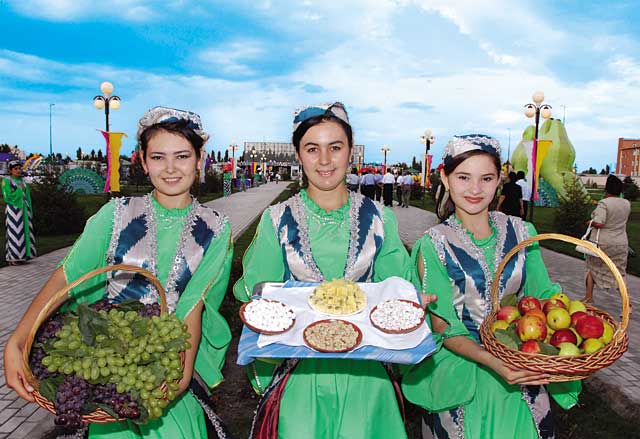
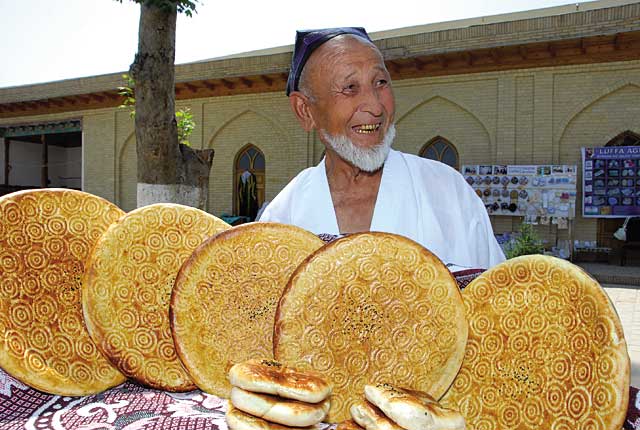
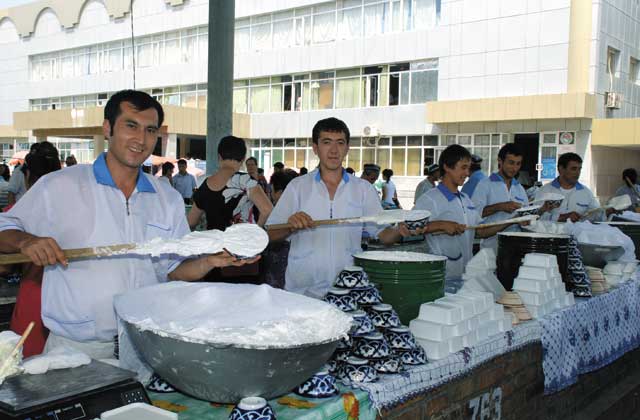
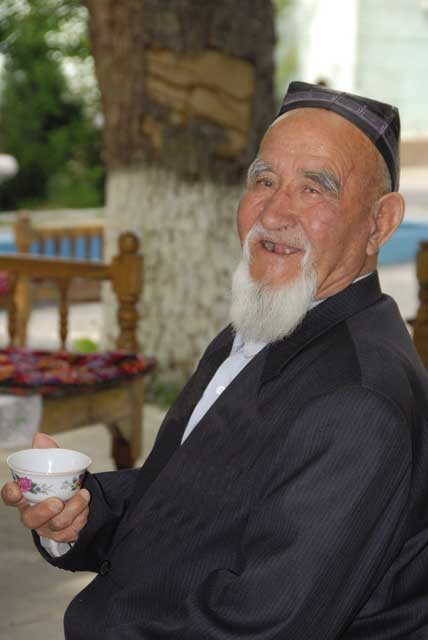
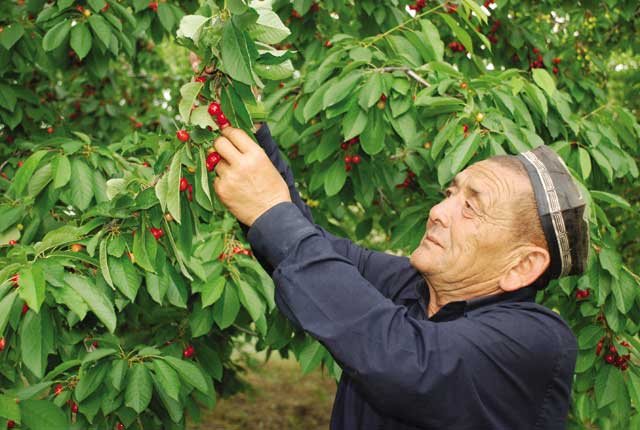
The Fergana region is bordered by the Tian Shan Mountains to the north, the Alay Mountains to the south, and the Fergana Range to the east.
Summers are hot and dry, with temperatures often reaching highs of around 40°C (104°F). Winters are cold, with temperatures dropping below freezing, and the region experiences occasional snowfall. Spring and autumn offer pleasant temperatures, making them ideal seasons to visit.
The economy of the Fergana region is primarily agrarian. The fertile soil and favourable climate support the cultivation of cotton, fruits such as melons, apricots, and pomegranates, vegetables, and grains.
Traditional crafts such as silk textiles, ceramics, woodcarvings, and hand-woven carpets are valued for their craftsmanship, attracting both local and international buyers.
In addition, the Fergana region has some industrial activities, including the production of machinery, electrical equipment, and textiles. Fergana also serves as a trade corridor, connecting Uzbekistan with (Uzbek minorities in) the Kyrgyz Republic and Tajikistan.

